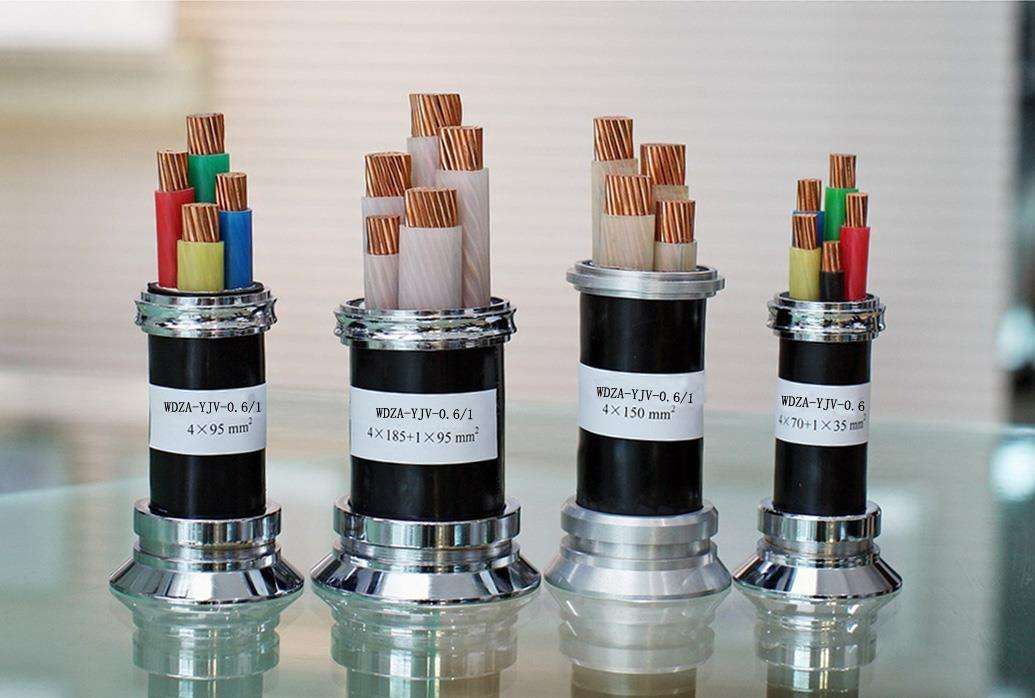
High voltage is defined as any voltage over 1000 volts. Cables for 3000 and 6000 volts exist, but the majority of cables are used from 10 kV and upward.
Those of 10 to 33 kV are usually called medium voltage cables, and those over 50 kV are high voltage cables.
1. Conductor
2. Insulation
3. Semiconducting layers
4. Outer conductor and outer coat.
Modern HV cables have a simple design consisting of a few parts.
A conductor of copper or aluminum wires transports the current, see (1) in figure 1.
Conductor sections up to 2000 mm2 may transport currents up to 2000 amperes.
The individual strands are often preshaped to provide a smoother overall circumference.
The insulation (3) may consist of cross-linked polyethylene, also called XLPE. It is reasonably flexible and tolerates operating temperatures up to 120 °C. EPDM is also insulation.
At the inner (2) and outer (4) sides of this insulation, semi-conducting layers are fused to the insulation.
The function of these layers is to prevent air-filled cavities between the metal conductors and the dielectric so that little electric discharges cannot arise and endanger the insulation material.
The outer conductor or sheath (5) serves as an earthed layer and will conduct leakage currents if needed.
Most high-voltage cables for power transmission that are currently sold on the market are insulated by a sheath of cross-linked polyethylene (XLPE).
Some cables may have a lead or aluminum jacket in conjunction with XLPE insulation to allow for fiber optics.
Before 1960, underground power cables were insulated with oil and paper and ran in a rigid steel pipe, or a semi-rigid aluminum or lead jacket or sheath.
The oil was kept under pressure to prevent the formation of voids that would allow partial discharges within the cable insulation.
There are still many of these oil-and-paper insulated cables in use worldwide.
Between 1960 and 1990, polymers became more widely used at distribution voltages, mostly EPDM (ethylene propylene diene M-class).
However, their relative unreliability, particularly early XLPE, resulted in a slow uptake at transmission voltages. While cables of 330 kV are commonly constructed using XLPE, this has occurred only in recent decades.